Heritage
The aims of Wolverhampton Society of Artists:
- To encourage and showcase the creative capabilities of our members.
- To reach out and connect with other societies, galleries and the community.
- To provide opportunities for individual and collective development.
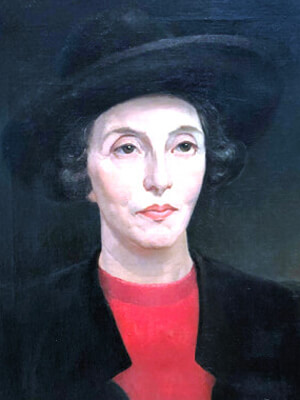
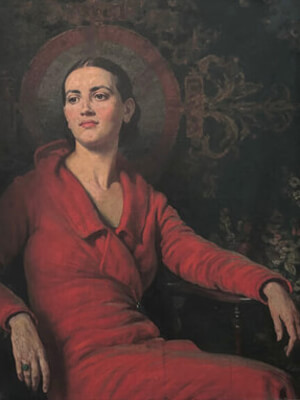
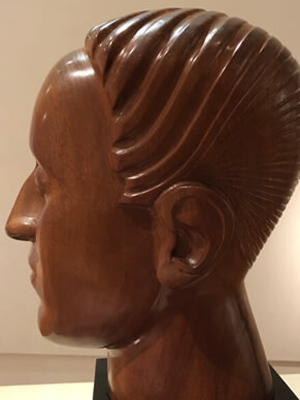
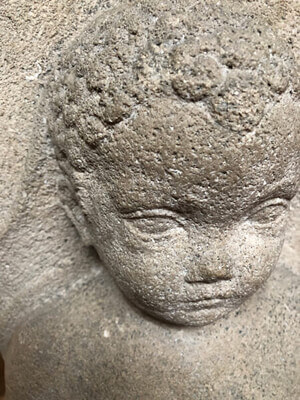
Wolverhampton, renowned since the early 19th Century as a manufacturing town, has a distinguished heritage in the visual arts. This originated in the local japanning and enamelling trades which employed artisan painters and designers. The arts alumni include Edward Bird RA (1772 – 1819) court painter to Princess Charlotte; Joseph Barney (1753 -1832), who collaborated with Matthew Boulton in the production of revolutionary “mechanical paintings” in the Regency period; George Wallis (1811-1891) the artist and designer who was the first Keeper of the Fine Art Collections at South Kensington and pioneer of Industrial Art education in the UK and Oscar Rejlander (1813 -75) “the father of art photography in Britain.”
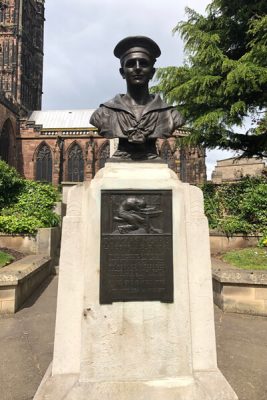
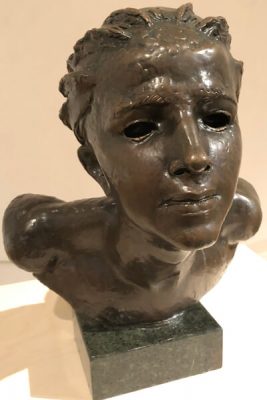
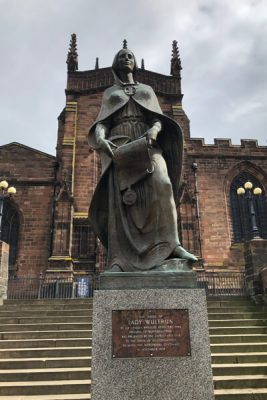
The foundation of the Society of Artists in 1919 in the aftermath of the First World War heralded a remarkable flowering of creativity in the town. Its exhibitions became the main showcase for the students and staff of Wolverhampton School of Art which achieved national acclaim as a centre of excellence in visual art under Robert Jackson Emerson (1878 – 1944) and his assistant, Mary Gibson (1888-1966).
Between the wars the school produced five Prix de Rome winners, more than any other provincial school in Britain. The students exhibited publicly for the first time under the aegis of the Society and many went on to become lifelong members and supporters.
They included Sir Charles Wheeler PRA, Muriel Wheeler ARBS (1888-1979), Gwynneth Holt FRBS (1909 -1995) and T.B. Huxley – Jones ARCA FRBS (1908 -1968). The Society united the arts community in the town attracting professional artists like George Phoenix (1863 -1935), Edwin Butler-Bayliss (1874-1950) famous for his images of the industrial Black Country and Bernard Fleetwood-Walker RA (1893 – 1965).
The opportunity to exhibit and to sell works was complemented by the sketching tours, demonstrations and social events offered by the Society. In a town pre-occupied with earning its living through industry the Society was and remains an engine of creativity and a haven for amateur and professional artists alike.
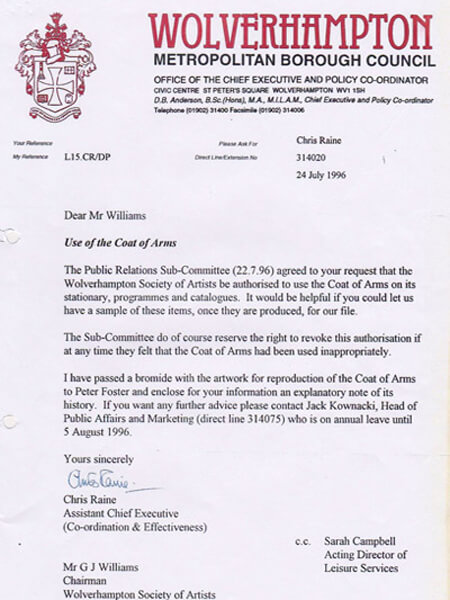
In more recent times, the Society has broadened its activities to include monthly lectures and demonstrations, sketch night sessions with a life model, painting days in the field, open studio weekends, tutored workshops and visits to art related venues.
Wolverhampton Society of Artists remains true to its founding philosophy but has moved with increasing confidence into the future exploring new and challenging aspects of art practice.
The Society gratefully acknowledges the provision of financial assistance by The National Lottery Heritage Fund to enable a number of its centenary year projects to become reality, not least the creation of this new website, which better equips the Society to communicate with the community at large.
About The National Lottery Heritage Fund
Using money raised by the National Lottery, we Inspire, lead and resource the UK’s heritage to create positive and lasting change for people and communities, now and in the future. www.heritagefund.org.uk.
Follow @HeritageFundUK on Twitter, Facebook and Instagram and use #NationalLotteryHeritageFund
